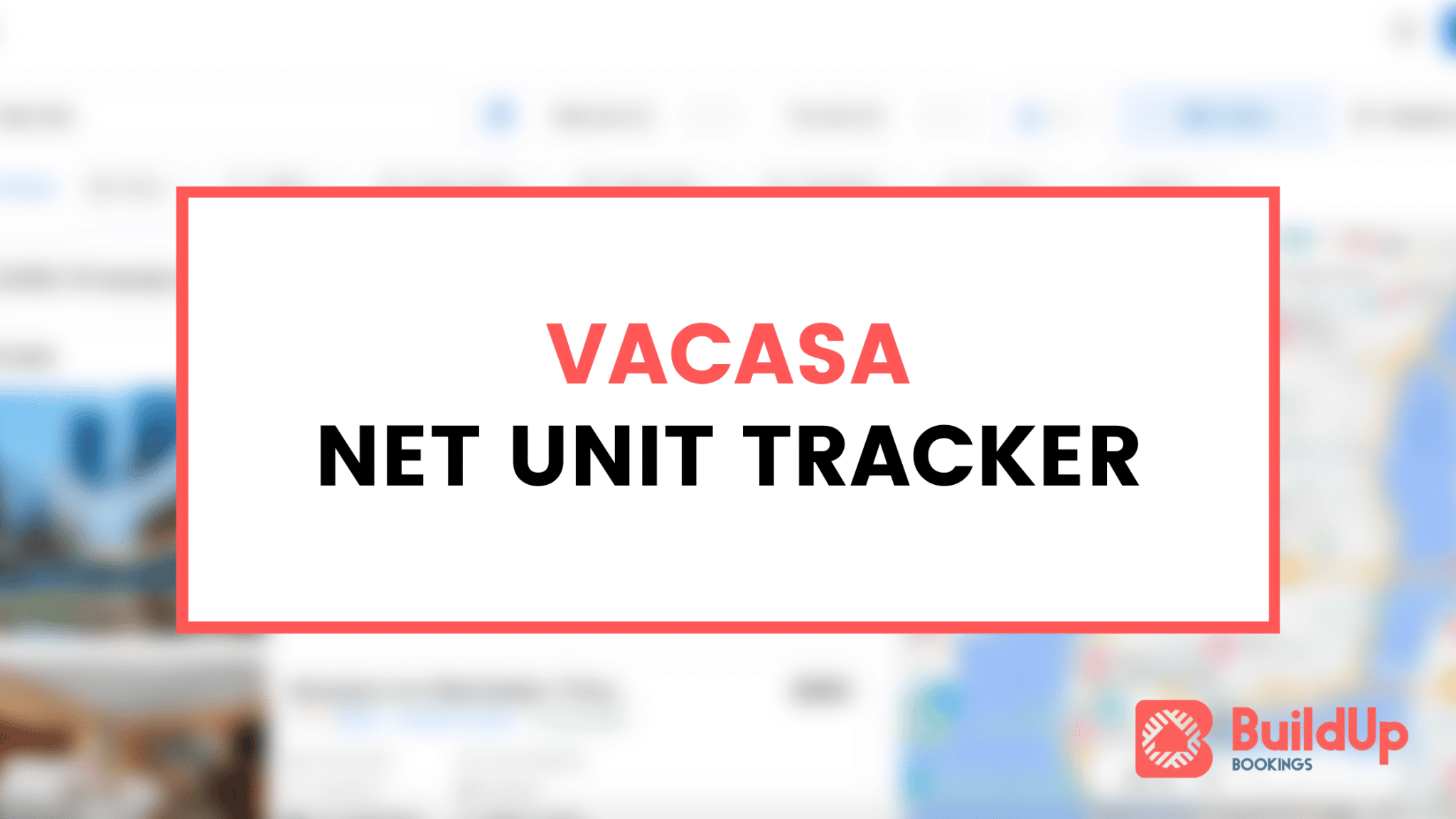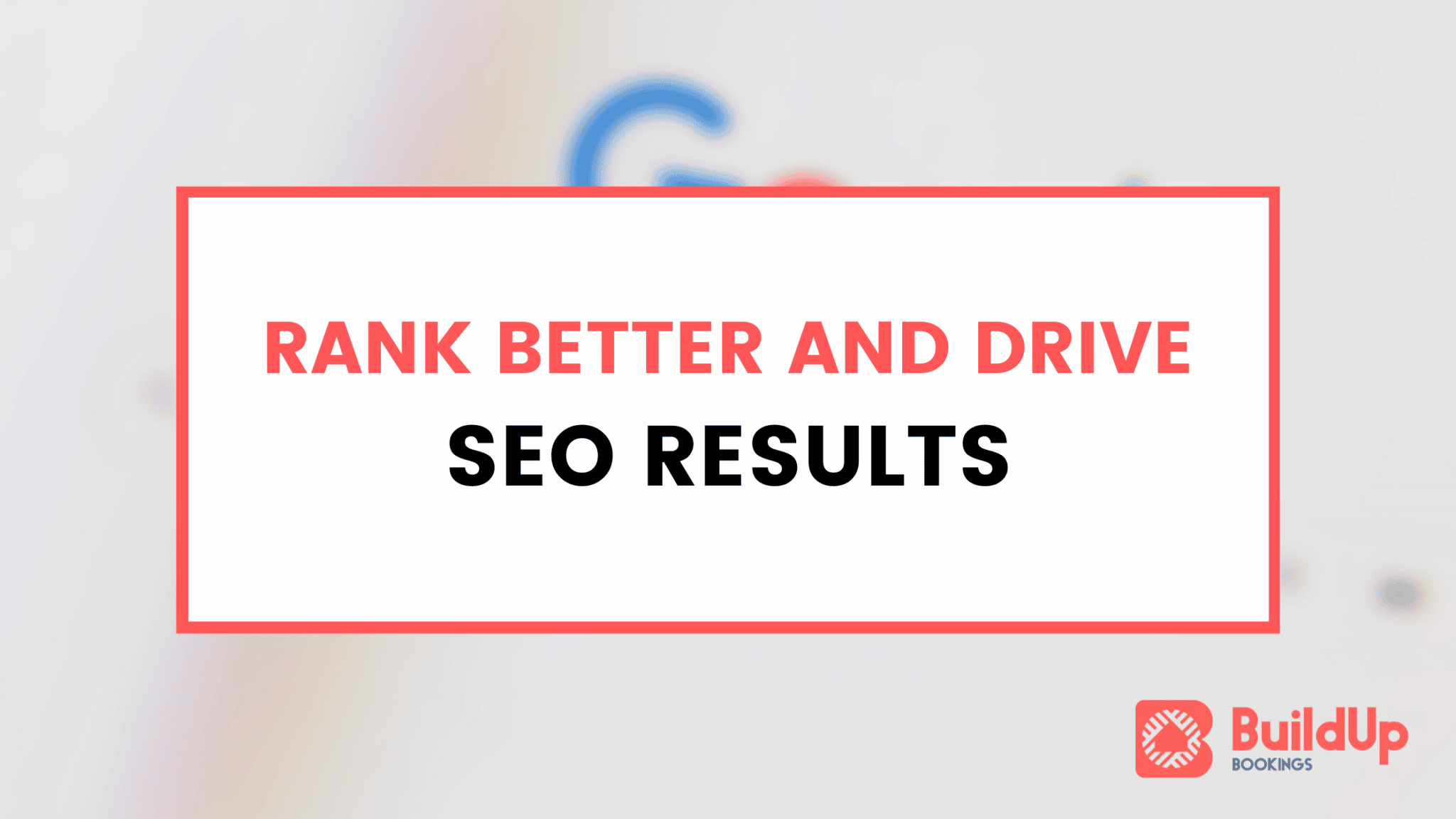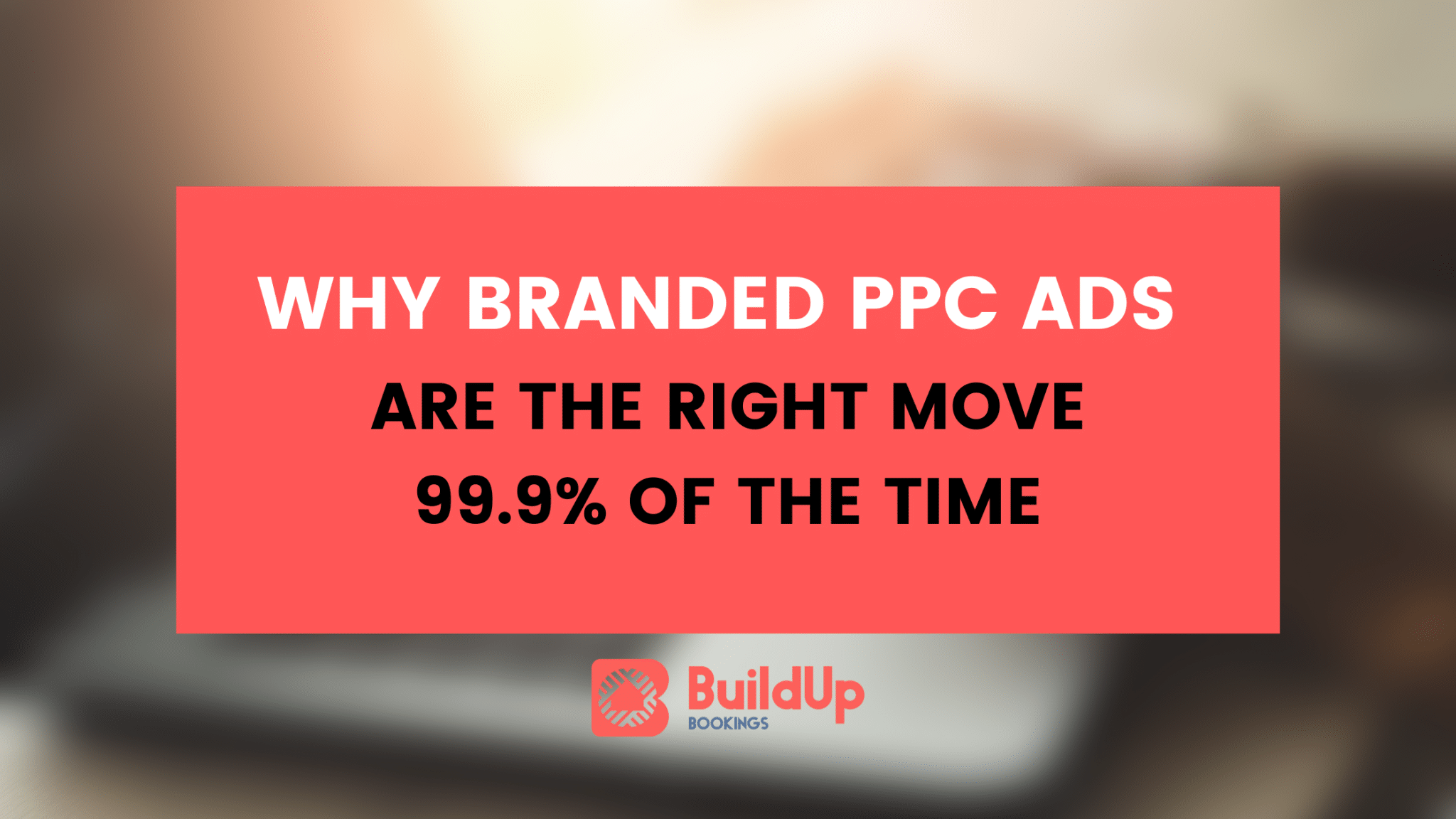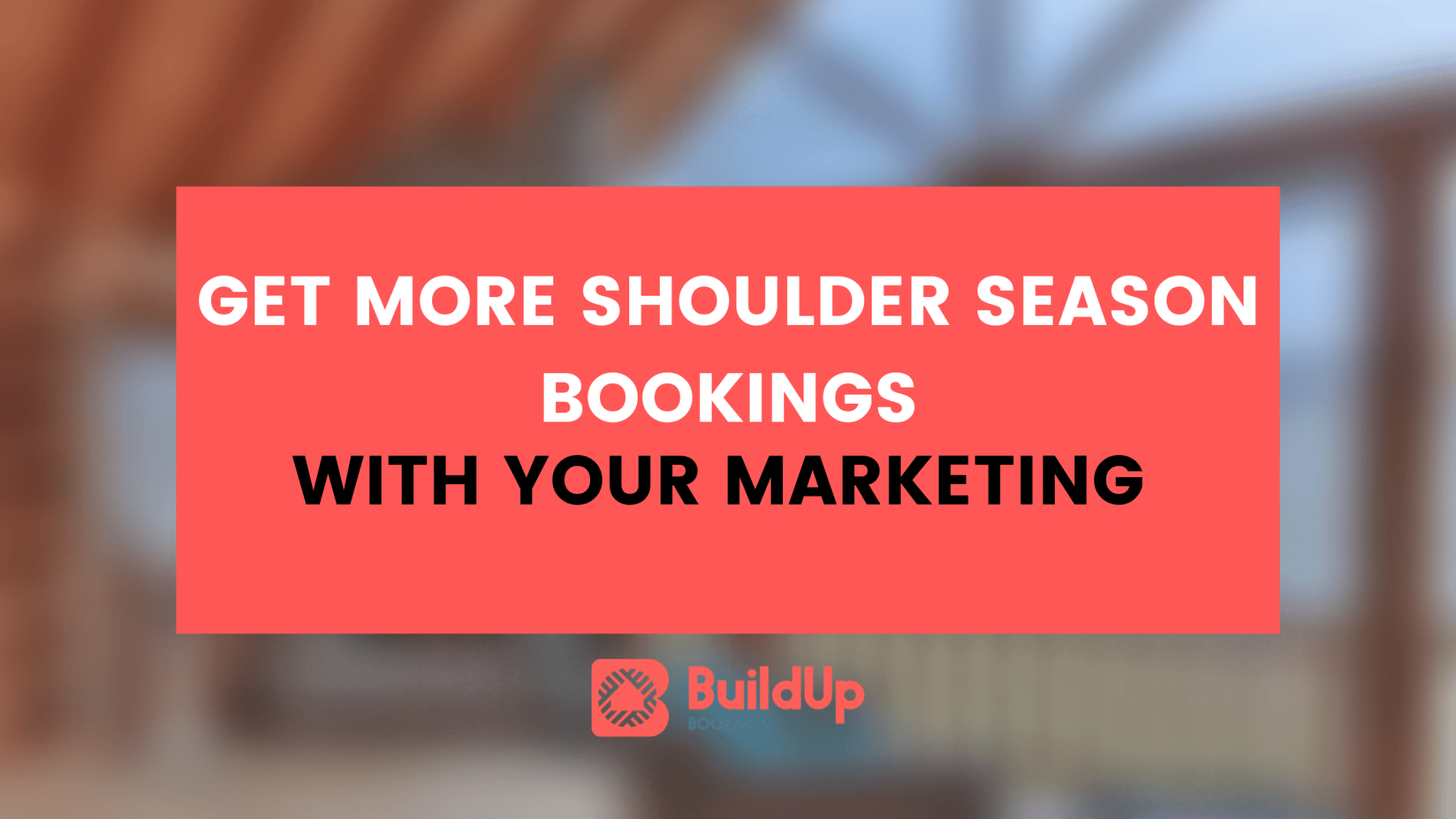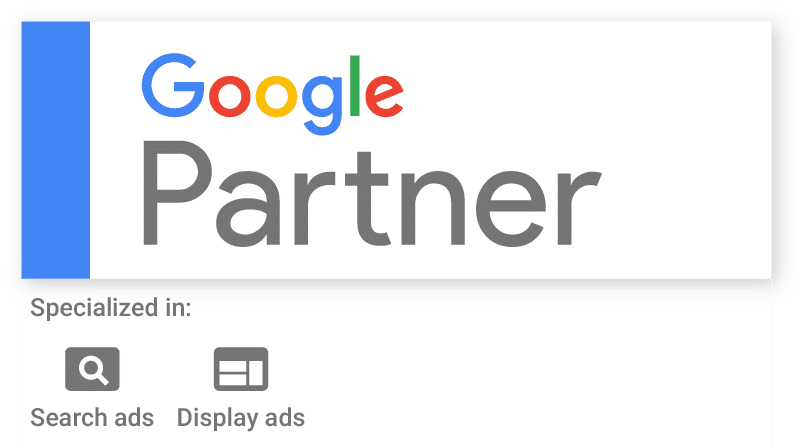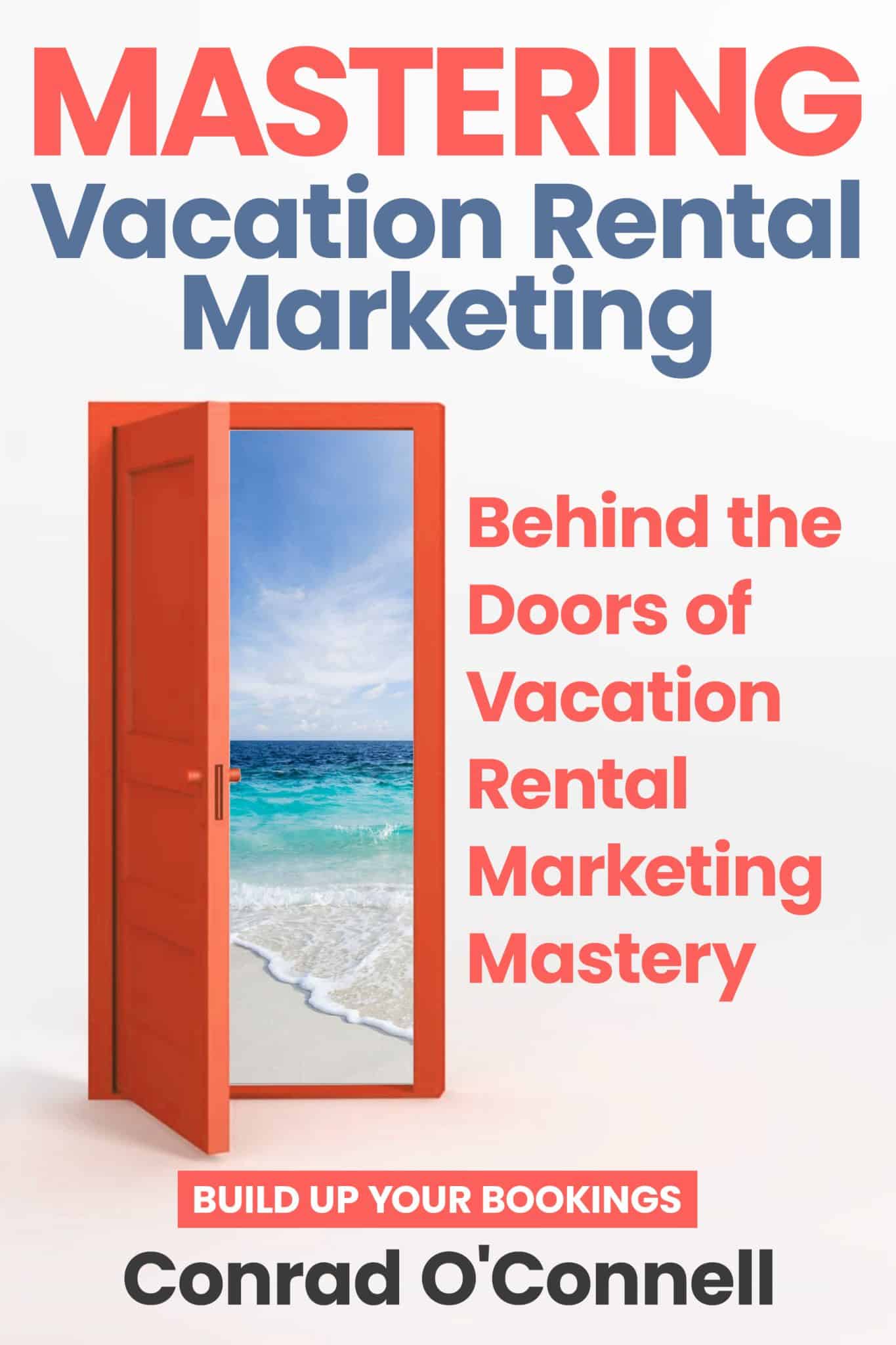
Nothing else in the digital marketing space has the interest of business owners like social media marketing. While most business owners can easily understand paid media channels like Google Adwords and organic channels, many are confused and misdirected about social media marketing. It’s not a magic bullet and has perhaps the lowest direct ROI for the average business. However, social media marketing is perhaps the best branding tool that any small business can utilize. To help understand and clear any misdirections you may have about social media marketing, here is a list of some of the benefits and drawbacks to spending marketing efforts on social media channels.
Pros Of Social Media Marketing
Let’s start with the glass half full and talk about all the benefits of social media marketing.
Fun, playful
While consumers are not looking to purchase on social media, they are looking to be entertained (even with advertisements). This is where you can have some fun with your marketing. Creative images, videos, humorous posts and other types of content get high levels of engagement.
You don’t have to worry about pushing sales-oriented content at your fans and followers. If you’re keeping the attention through engagement, then your social media efforts will be rewarded.
Branding
Your consumers want to engage with you on social media channels. Even if you paid for an ad to be placed to follow you or like your page, they still consented and agreed to like your page. As a result, they’re choosing to show off your brand. Content that typically succeeds on social media is relevant to your audience but also is helpful, informative and engaging. Let your voice shine through in social media — especially if you’re quirky, fun or humorous.
While the frequency of other marketing channels may only allow for a touch per week (email) or only when requested (organic & paid search), social media allows you to up the frequency if the audience is engaged. On a platform like Twitter, you could post as much as 14 times per day. Facebook may support the ability to post 2 to 4 times per day. These are all unique opportunities to brand your company and connect with your customers frequently.
“Virality” is possible
While very few social media campaigns actually reach a true viral status, there are lots of examples out there. While your content may not be the next ten-million view YouTube sensation, you do have the ability for your content to spread and get shared. Videos on Facebook routinely get hundreds of views even on smaller fan pages. A few shares later, you can easily double the reach of your average post. Humorous tweets from companies like Nissan can get over 28,000 retweets even if their average gets about 150.
Ad targeting options
Both Twitter and Facebook monetize their platforms primarily through advertising. Therefore, both have a vested interest in having ads that return a high ROI to you, the advertiser. As a result, they have a host of targeting options for you to take advantage of. Facebook in particular is very in-depth on data collection. As a result, you can target based on demographics & psychographics like:
- Relationship status
- Education level
- Work
- Financial
- Homeownership
- Ethnic Affinity
- Generation
- Parents
- Politics (US)
- Life Events
and even more options await once you login and use the Power Editor. No other platform on the internet offers the same level of targeting. You can also use
Word of mouth recommendations
While action-based goals like retweets, shares and +1’s are great for reporting in a spreadsheet, lots of content is shared by word of mouth. I look at hundreds of tweets and posts in any given day, and I engage with very few of them — but that doesn’t mean that it’s a failure if I don’t engage. For example, the average link I post on Twitter gets a half-dozen clicks, but not every tweet gets the same amount of favorites or retweets. Content on platforms like LinkedIn gets a fair amount of views, but typically few comments (especially if your competition is snooping on you). Your brand may spread in more than just data-driven actions. Get people to talk about your brand (literally) and you’ll see the benefits.
Cons Of Social Media Marketing
Now that we’ve gone over the true benefits of social media marketing, we’ll have to douse your spirits and talk about the negatives.
Little commercial value (little to no purchasing intent)
While there a handful of examples of highly successful sales-based content, the brutal fact is that the majority of pushy sales content on social media is ignored. It’s easy to spot the posts and tweets on any given day that are getting poor reach and visibility. Usually, they’re the posts compromised of flabby one-sentence “call to actions”. Given that you’ll likely to a poor job of sales-based content on Facebook and Twitter, it’s likely best to ignore that element of a social media strategy. Your customers likely do not go on social media to purchase or complete an action at that moment in time — and while social media can be a great reminder, it may not drive direct actions.
Not a last action channel
On the same thread, social media isn’t typically your last channel that you interact with before a purchase or conversion. Investing tons of dollars and hours into social media may not be that impressive when you look at your next action report in Google Analytics.
Ads are tough to compete with big players
While the targeting options in platforms like Facebook and Twitter are very powerful, it can often take a larger budget to commit to long-term success. As a brand new advertiser, you’re bidding against the same inventory as companies with much larger budgets. A cost per acquisition with social media advertisements may be more than you pay for a direct action pay-per-click channel like Google Adwords.
Standing out is tough
At the end of the day, your content on platforms like Twitter and Facebook is competing with content from friends and family. Think of the last time you were on Facebook — were you really hoping you could see another brand message, or were you more interested in seeing a post about a friends new job? Standing out on social takes a lot of effort and creativity and may not work for every business that’s only half-committed. Of course, a smart social media marketing strategy can take you to the next level.
Encouragement
While marketing can be the most fun part of succeeding with your business, it’s important to keep in mind what channels work best for you. For many businesses, platforms like Facebook are not a good fit — at all. There’s no shame in finding the channel that provides the best ROI for you. Focus on what you can do well and where your audience is, and you’ll be rewarded.
